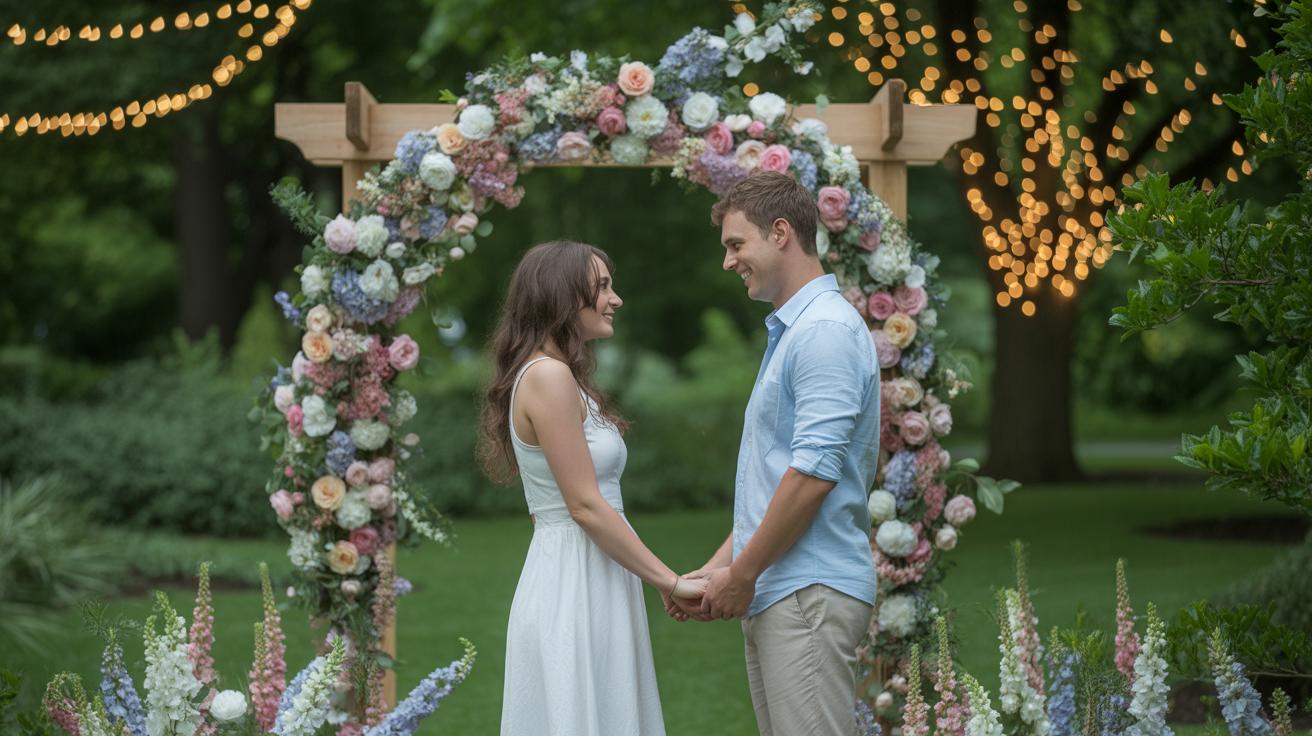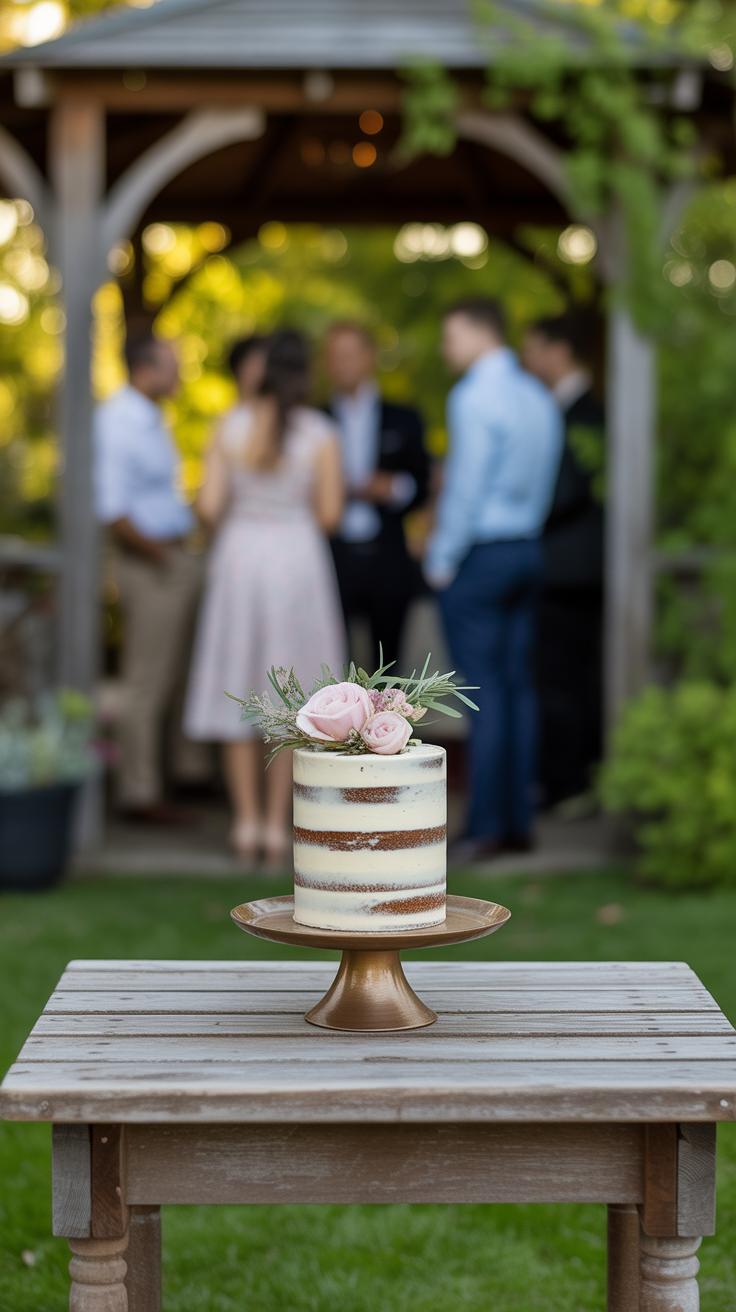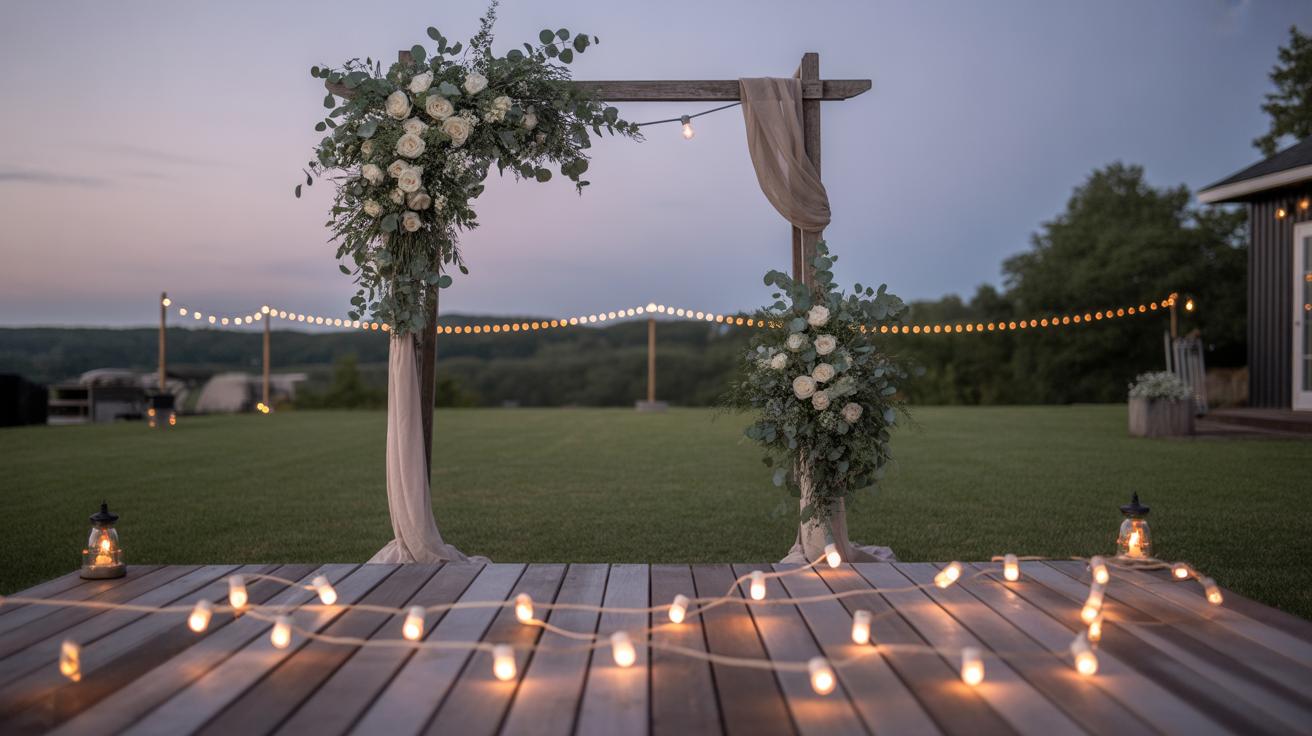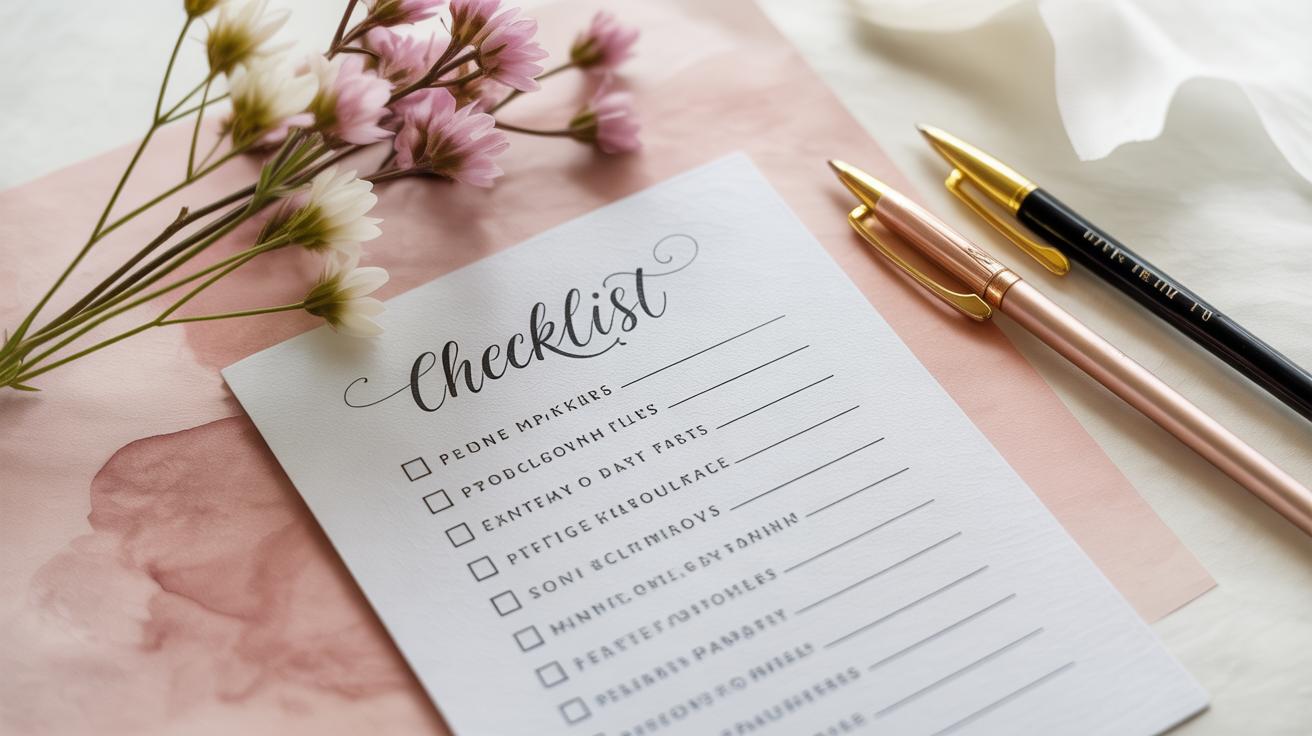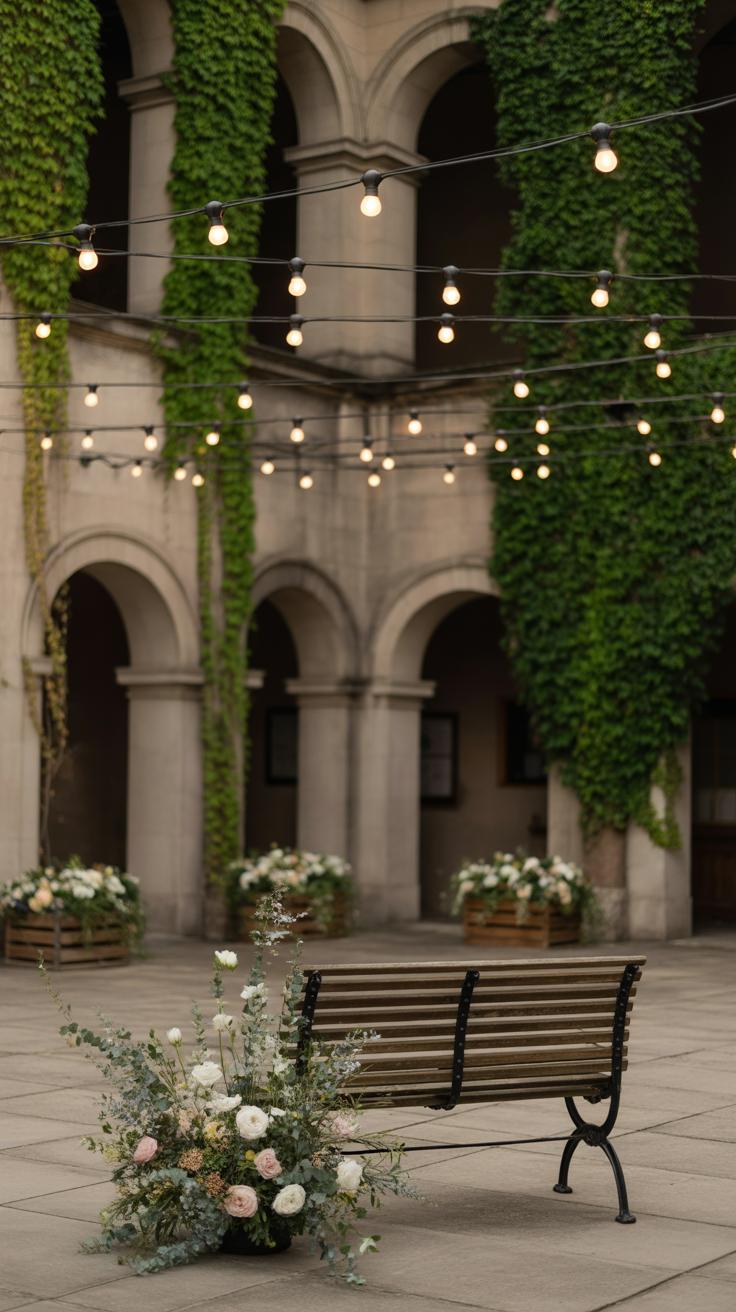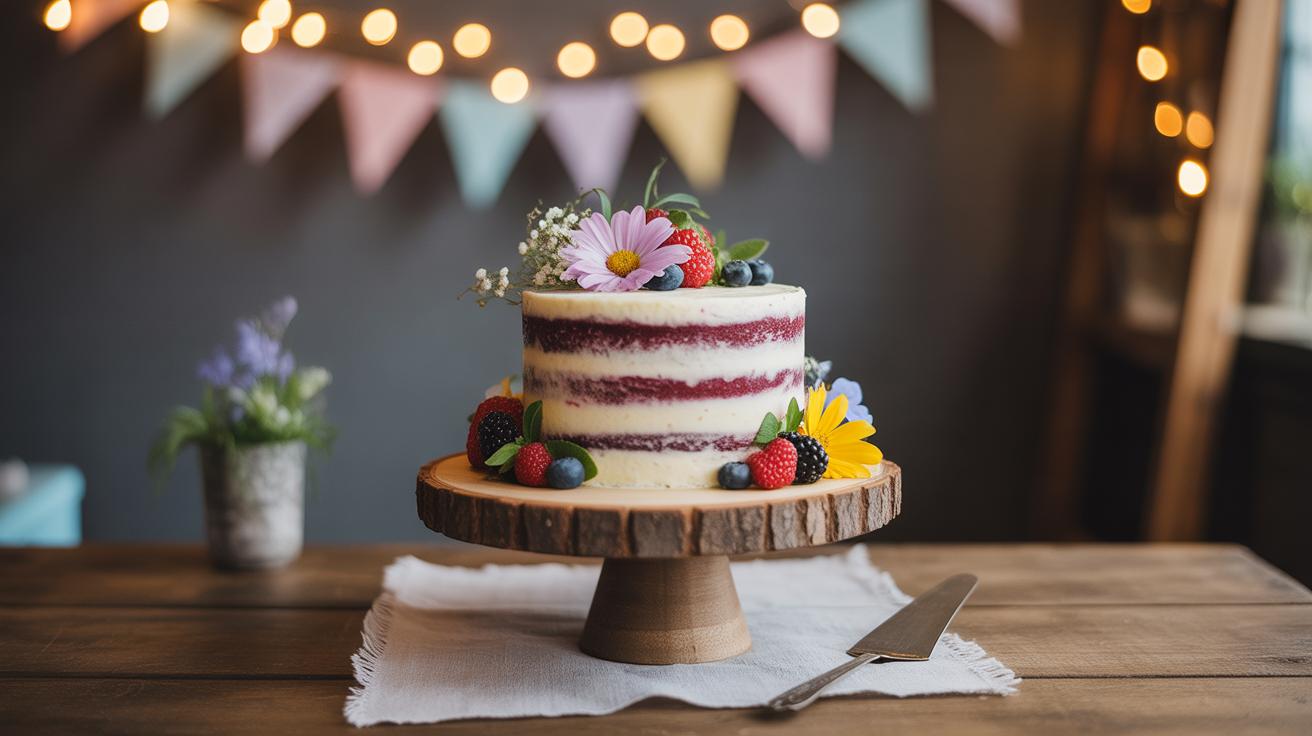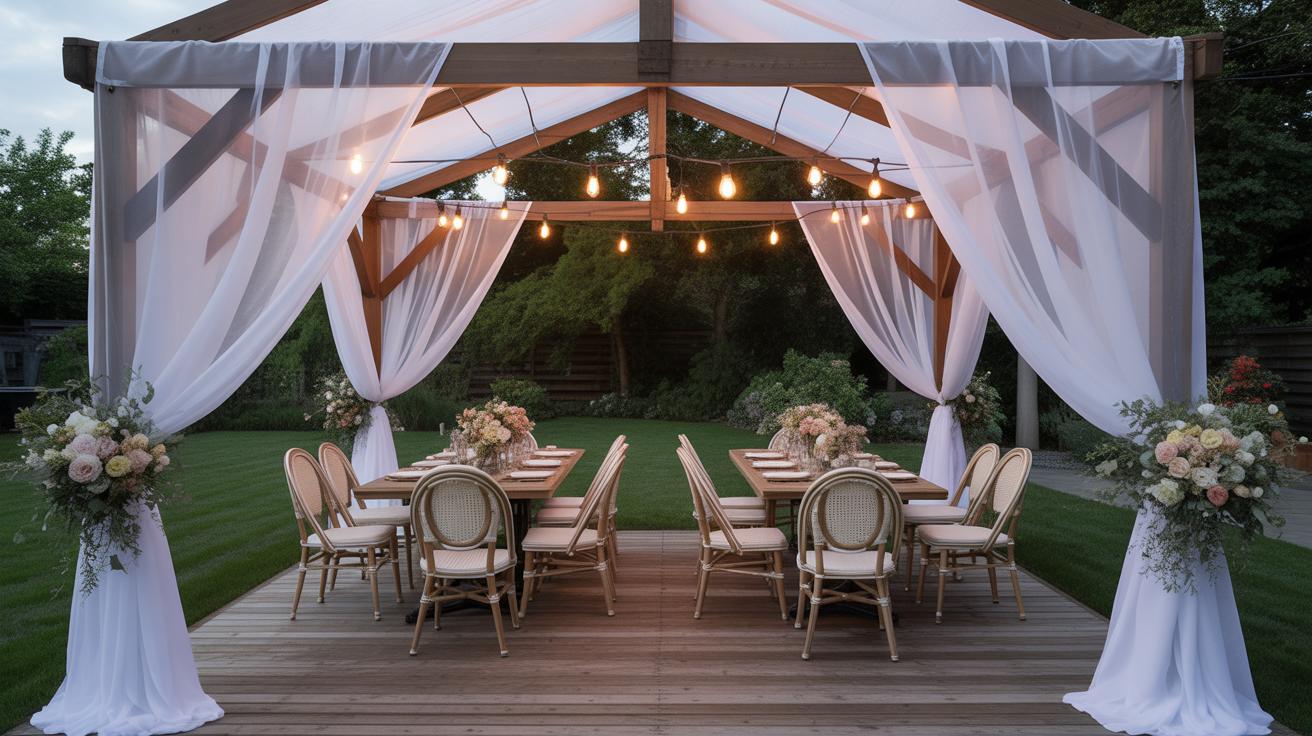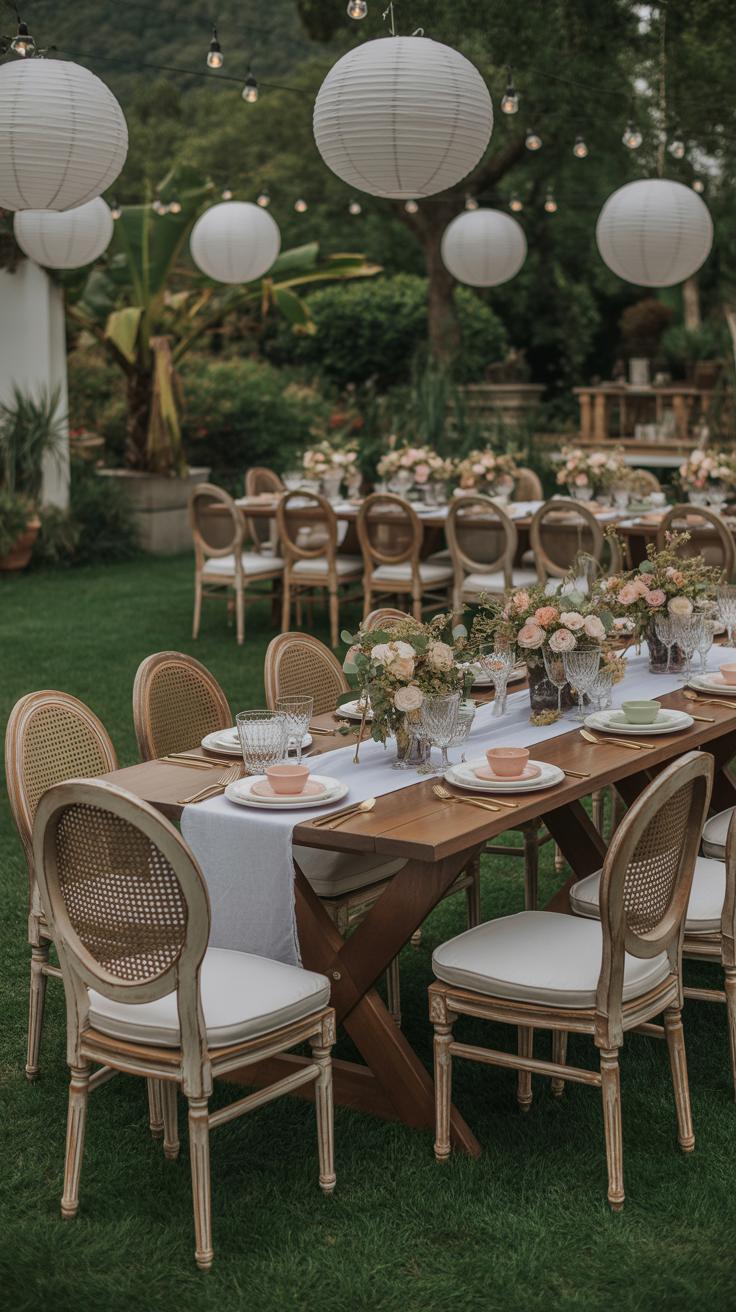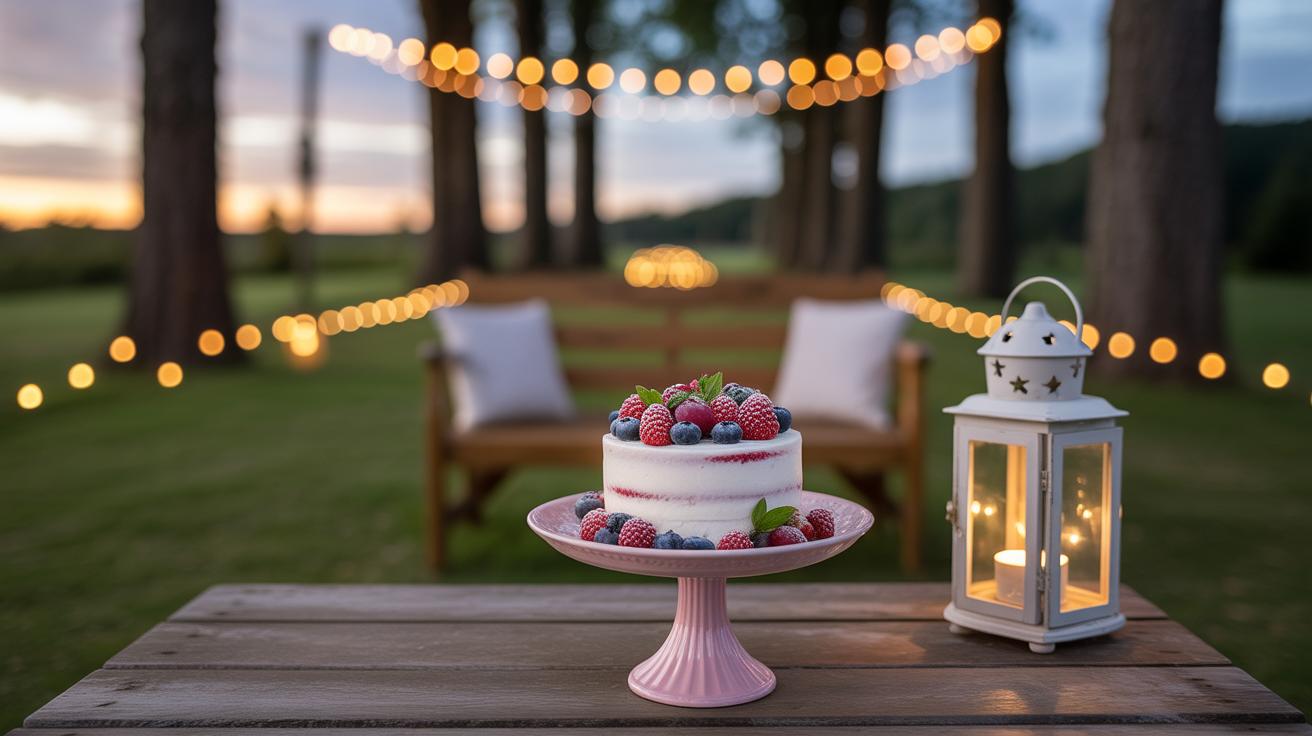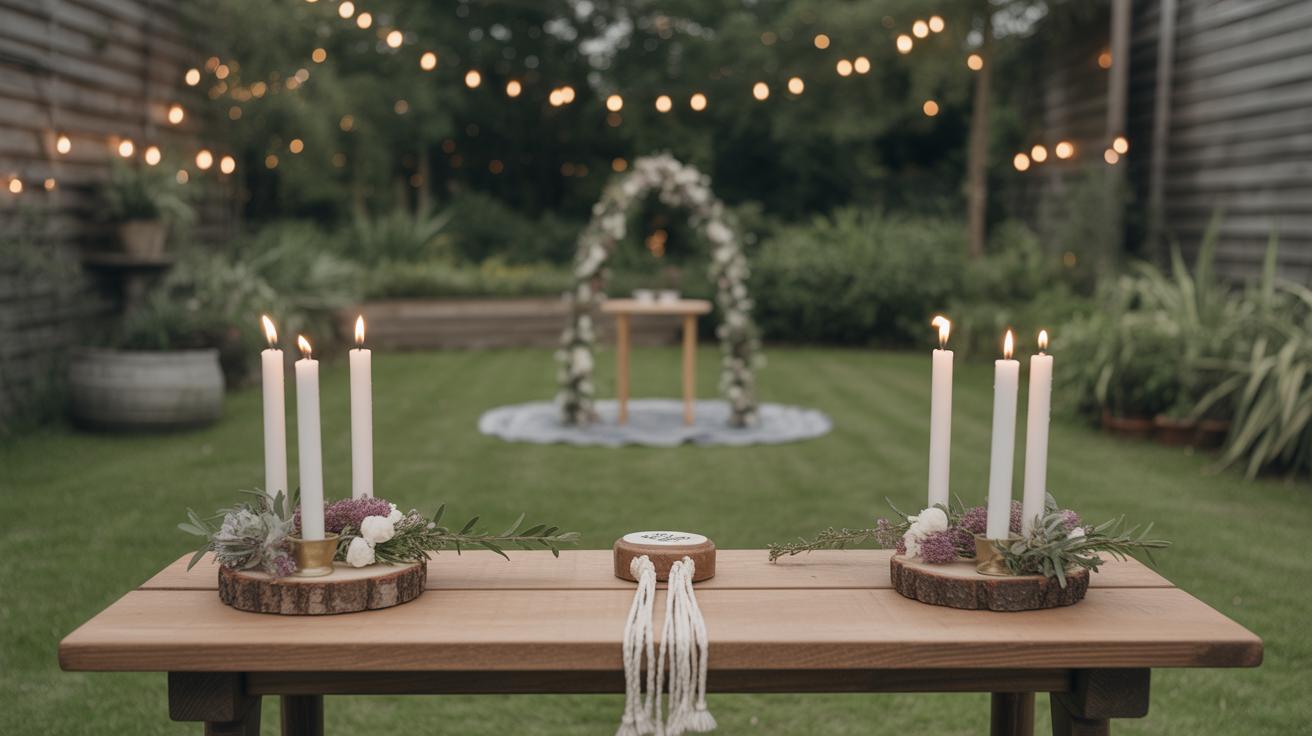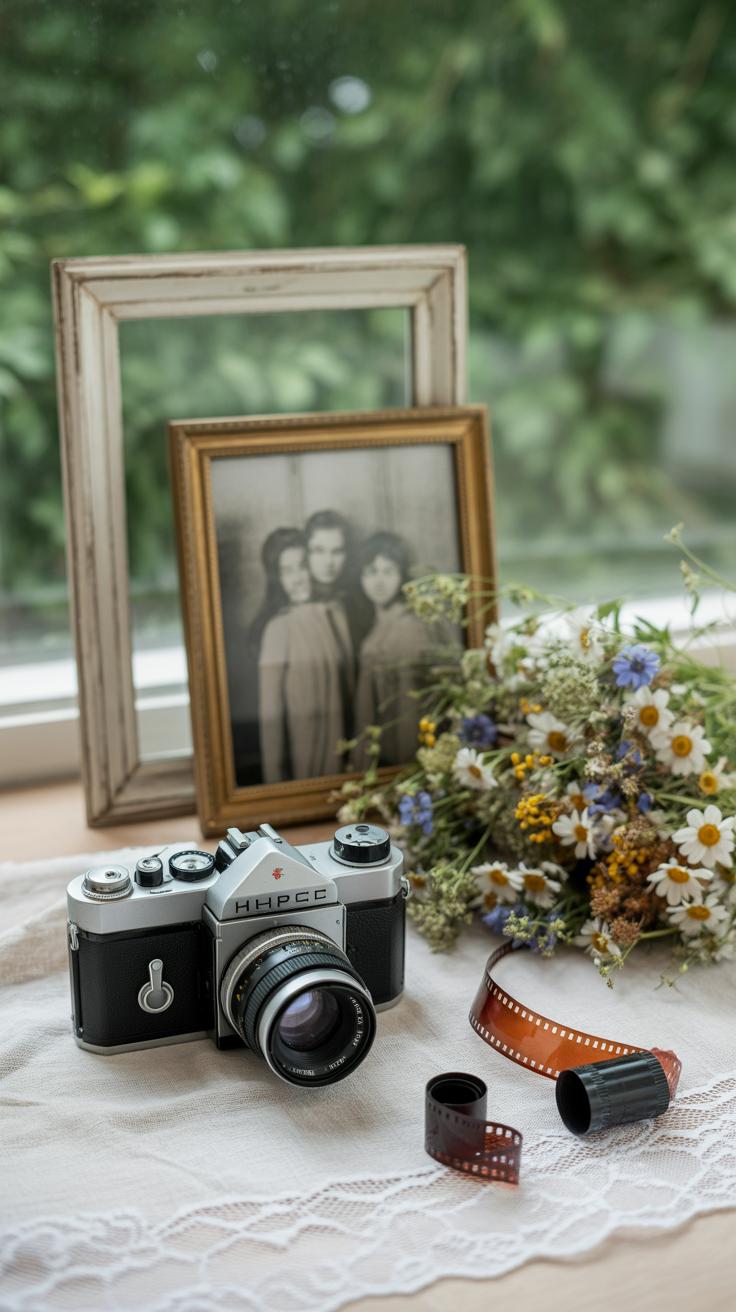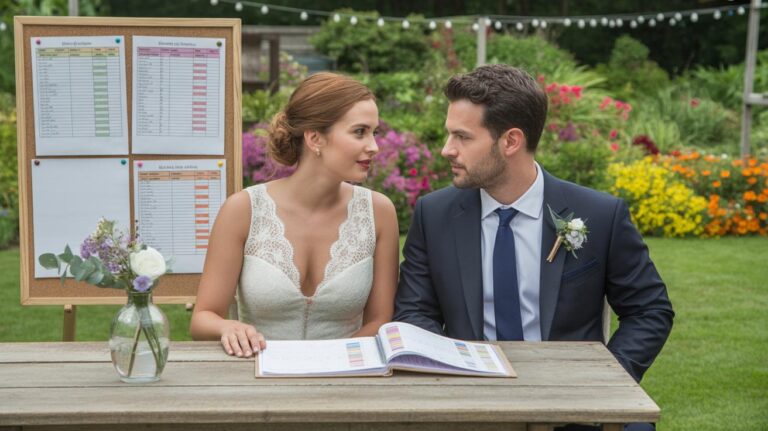Introduction
Micro Wedding Bliss Creating A Memorable Mini Ceremony focuses on celebrating your special day with an intimate gathering. A micro wedding typically involves a smaller guest list than traditional weddings, often limited to close family and friends. This type of wedding allows you to create a personalized and meaningful ceremony without the stress and expense of a large event.
In this article, you will discover how to plan your micro wedding step-by-step. From setting the guest list to choosing the venue and designing your ceremony, each part is crafted to help you make lasting memories. Let’s explore how to create a unique celebration that feels just right for you and your loved ones.
Understanding Micro Weddings
A micro wedding is a smaller-scale celebration, typically involving around 20 to 50 guests. This makes it different from both traditional weddings, which often have 100 or more invitees, and small weddings that might include 60 to 100 people. The lines between these categories aren’t always clear, though. You could say a micro wedding sits somewhere between elopements and big parties, blending intimacy with formality.
Couples often choose micro weddings for various reasons. Some want to focus on close relationships without the pressure of a large crowd. Others look to manage costs or avoid overwhelming planning details. Some simply prefer a quieter vibe where conversations flow easily and everyone feels involved.
The defining features usually are:
- Guest counts under 50, sometimes as low as 10 or 15.
- A more personal, customized experience.
- Flexibility in venue choices, like intimate outdoor spaces or unique private locations.
What stands out is that micro weddings tend to emphasize connection over spectacle. So, it’s not just about fewer people but about creating moments that feel meaningful to those present.
Thinking about why—there’s often a desire to simplify without losing the specialness of a wedding. Saving on costs matters for many, but also, there’s a growing appreciation for something less traditional yet still memorable. Have you noticed how sometimes less can actually feel more personal?
Setting Your Micro Wedding Guest List
Deciding who to invite to a micro wedding can feel more intense than you’d expect. With such a small number—usually under 50 people—the list has to be tight. It’s mostly close family and friends, the people who really matter in your life. But that’s easier said than done. You might feel torn between including extended relatives or longtime friends who live far away. The key is to focus on those who play a genuine role in your day-to-day or have significantly shaped your journey together.
Try making categories: immediate family, best friends, mentors. This way, you can see where to draw the line. And yes, some feelings might get a little bruised. Someone might not understand why they didn’t make the cut, or you might feel guilty about leaving people out. Being upfront and kind, explaining the intimate nature of your celebration, helps keep expectations in check.
Choosing the Right Guests
Who truly deserves a seat at your table? Those who’ve witnessed your growth or stood by you usually top the list. It’s not about obligation or social pressure; it’s about connection. Think of that friend who’s always been there, or the family member who nurtured your dreams. You might even want to involve your partner in this process separately at first, then compare lists. It reveals surprising overlaps or gaps.
Remember, your micro wedding isn’t a town hall meeting. Each invited guest should feel like they’re part of a close-knit circle—no filler guests.
Handling Invitations and RSVPs
Sending invites might seem straightforward, but with a small group, every response counts. Digital invitations work well here, offering quick tracking and easy replies. There are plenty of tools designed to help you monitor RSVPs without scrambling last minute. It’s smart to ask guests to reply by a certain date since your event hinges on an accurate count.
Some couples send a personal note with the invite, making the message feel warm and thoughtful. You’ll probably want to keep a spreadsheet or a dedicated app where you note acceptances, regrets, and meal preferences if applicable. Following up politely is fine, even necessary, especially with those who tend to forget responding.
Keep in mind, even the closest people can sometimes disappoint you by declining or canceling last minute. Having a short backup list might help you feel less panicked, though balancing this with your guest limit is tricky.
Selecting the Perfect Venue for an Intimate Wedding
When your guest list shapes around a small, cherished group, the venue takes on a different role. It’s not just a space but a backdrop that influences the entire feel of your micro wedding. You might lean towards a private home, which offers warmth and familiarity. A living room or a garden where you’ve shared moments before can add a layer of personal history your guests will appreciate.
Small event spaces also work well. Think cozy studios, boutique hotels, or art galleries—places designed to welcome fewer people and offer a distinct atmosphere. They often come with basic amenities and maybe even a staff to help with details you hadn’t thought about. Outdoor venues—whether a local park or a quiet beach—bring an openness and natural beauty, but you’ll want to double-check permits and legal permissions ahead of time.
Legal considerations linger here too. If you use non-traditional venues like homes or parks, make sure to understand local marriage laws and whether a permit or license is required for your ceremony or gathering.
Consider these aspects before you say yes:
- Capacity: Is the venue comfortable for your number without feeling empty or cramped?
- Accessibility: Will all your guests, perhaps some with mobility needs, get in and move around easily?
- Atmosphere: Does the place feel right? Formal or casual? Bright and airy or quiet and intimate?
Sometimes a smaller, less obvious choice may create the perfect mood, even if it means some trade-offs. It’s the nuanced details of a venue that subtly echo through your whole day, and getting it “just right” might take a bit of extra thought.
Designing Your Micro Wedding Ceremony
Your micro wedding ceremony offers a unique chance to craft something deeply personal and intimate. With a small group gathered, you can focus on moments that truly matter—like exchanging your own vows that speak your honest feelings, rather than traditional scripts. Maybe you want to write your vows together, or separately, and surprise each other. That unpredictability can be special.
Including meaningful readings—whether poetry, excerpts from favorite books, or even passages reflecting your shared values—can tie everyone closer to the moment. Think beyond typical wedding readings. What stories or ideas resonate with you both? Short, sincere pieces often work best for keeping the mood warm but grounded.
Music, too, plays a subtle but powerful role. Curate a playlist that reflects your journey, or have someone perform live if that feels right. You don’t need grand orchestras; a guitar or even a recorded song can create a memorable atmosphere. It’s less about volume and more about connection.
Personalizing Your Ceremony
So, how exactly do you personalize the ceremony? You might start by reflecting on what marriage means to you—then let that guide the words and structure. Maybe you cherish humor—don’t shy away from a lighthearted moment. Or perhaps your values emphasize community, intimacy, or growth. Each choice can reflect who you are as a couple.
Consider small rituals that matter to you, like a handfasting, planting a tree, or lighting a candle together. These add layers of meaning without complicating the event. And remember, this ceremony is yours, not anyone else’s. If skipping certain traditions feels right, go for it.
Involving Your Guests
Though your guest list is small, inviting participation can make your ceremony feel active and collective. You could ask guests to share brief wishes or readings. Or pass around a symbolic item—like a stone or flower—for each person to hold silently in support during your vows. These subtle acts weave your loved ones into the fabric of the moment.
Another idea is to have guests contribute a word or phrase representing what they wish for your marriage, then incorporate those into your vows or readings. It may sound unusual at first, but it often leads to touching moments that linger in memory.
Ultimately, a micro wedding ceremony thrives on closeness and authenticity. Embrace the small scale by focusing on detail and heartfelt gestures—that’s where the true richness lies.
Planning the Reception and Celebration
With a smaller guest list, the reception for a micro wedding opens up more intimate and creative possibilities. Food and drink don’t have to be typical buffet fares—this is your chance to serve something a bit more personal or playful. Think small plates or tapas-style servings that encourage guests to share and chat rather than just sit and eat quietly.
Seating arrangements can vary greatly. You might opt for a single long table to create a sense of unity, or several smaller, cozy tables that invite natural conversation. Sometimes even a mix of high-top cocktail tables and lounge seating works well, making movement around the space easier and less formal.
For entertainment, keep it light and unobtrusive. A solo musician or a small acoustic band fits the setting, or even a curated playlist if you’re trying to keep expenses low. You could also consider interactive elements like a photo booth or a games corner—nothing too loud or flashy, but fun enough to keep spirits high.
Menu Choices and Catering for Small Groups
Your menu can lean toward something a bit more tailored since you’re catering to fewer people. A sit-down dinner isn’t necessary, but if you want it, you can focus on quality over quantity. Smaller groups make it easier to offer custom dietary options without hassle.
Think about how your food and drink choices can also encourage mingling. Passed appetizers or shared platters work well. For beverages, a limited wine or cocktail selection feels more curated and manageable—picking drinks you enjoy and that match your overall vibe.
It might help to discuss with your caterer about portion sizes and presentation. You want your guests to feel indulged but not overwhelmed. I remember attending a micro wedding where every dish came with a little story—made the meal feel more connected to the couple, and guests appreciated that personal touch.
Creating a Cozy and Fun Atmosphere
How you set up the reception space really shapes the feel of your celebration. With fewer people, there’s room to be creative—think cushions, rugs, or mismatched chairs that add warmth and personality. Lighting matters a lot; softer lights, candles, or fairy lights create a relaxed mood, but don’t leave things so dim that it’s hard to see.
Encourage guests to move around by breaking the space into smaller zones—maybe a quiet corner for those who want to chat or a small dance area where people can join in if they want. Personal touches—photos, notes, or favorite books around—make the space feel lived-in and welcoming.
Sometimes less is more. You might start with a plan for elaborate decorations but end up favoring simplicity because it lets people focus on the connection, not just the look. What kind of atmosphere feels right to you? Somewhere people can unwind and truly enjoy the moment, probably.
Managing Wedding Planning with Ease
Planning a micro wedding can feel less daunting than a large event, but it still demands some attention to detail and time. One way to keep things from getting overwhelming is breaking your planning into small, manageable tasks. Try setting a schedule with clear deadlines, even if they’re flexible. For example, book your venue and photographer first, then move on to invitations. It’s tempting to tackle everything at once, but pacing helps.
Vendor coordination plays a slightly different role here. Since your wedding is smaller, many vendors will be willing to tailor their services. Still, keeping clear communication is key. Confirm exact times, guest counts, and any special requests. It might help to have a single point of contact for each vendor rather than multiple conversations. That saves confusion.
Staying Organized Throughout the Process
Organization tools can really make a difference. Some couples prefer apps like Trello or Asana to track their to-dos, while others stick to classic spreadsheets or notebooks. Whatever you choose, just try to keep everything—contracts, payments, ideas—in one place. I’ve seen couples stressed because they forgot a key follow-up or misplaced a vendor’s email. Simple checklists often save the day.
Remember to revisit your plans regularly. As decisions get made, cross them off and note any adjustments. This ongoing review helps keep your vision clear, especially when life’s distractions pull your attention elsewhere.
Choosing Vendors Who Understand Micro Weddings
Not every vendor knows how to handle a wedding with 20 or 30 guests instead of 200. Look specifically for those who’ve worked on intimate ceremonies. They’ll understand pace, space, and the unique vibe you want. For example, some caterers offer special tasting menus for smaller groups, or photographers skilled at capturing candid moments without overbearing presence.
Ask vendors upfront about their micro wedding experience. Sometimes, smaller vendors or those newer to the business are more flexible and invested. Still, don’t shy away from asking tough questions about what’s included and what might need adjusting. Finding people who “get it” makes a huge difference. Plus, it can save you time and stress later on—trust me on that.
Budgeting Your Micro Wedding
When planning a micro wedding, setting a clear budget can feel a bit tricky since the scale is smaller, but the expectations remain high. It’s tempting to assume everything will cost less, and often it will—but some expenses don’t shrink proportionally. For example, the venue might charge a minimum fee regardless of guests, which means it can take up a bigger slice of your budget than you expect.
Typical costs include venue rental, catering, attire, photographer, and decor. While catering costs drop thanks to fewer guests, certain fixed fees like rentals or officiant services stay mostly the same. So, you might find you’re saving less money than anticipated compared to big weddings.
One way to manage your budget is to prioritize what matters most to you both. Maybe the setting is the top priority, so it’s worth spending more there, but you scale back on flowers or fancy attire. Or the food is a highlight, so you invest in a great menu, even if the dress is simpler.
Here are some tips to allocate your money wisely:
- Choose a venue that feels intimate but offers flexible pricing for small groups.
- Consider renting or buying attire off-the-rack or secondhand to save costs without sacrificing style.
- Focus on quality over quantity for catering—smaller guest counts let you elevate each plate, perhaps with a family-style meal or unique local ingredients.
- Skip elaborate decor; instead, let the natural setting or thoughtfully chosen small touches create atmosphere.
It’s easy to get caught up trying to trim every expense, but sometimes spending a bit more on things that truly impact your experience makes the day better. After all, the intimacy of a micro wedding means each element stands out more—every dollar counts in ways it might not in larger celebrations.
Capturing Your Micro Wedding Memories
Your micro wedding is a unique moment, smaller but no less meaningful than a big celebration. That’s why capturing it well matters—you’ll want to look back on those memories years from now. Photos and videos don’t just preserve faces and places; they hold the emotions, the small glances, the quiet cheers. Even if your guest list is tiny, you still want images that feel personal, not staged.
Finding the right photographer can feel tricky. Look for someone who’s comfortable with intimate ceremonies. They notice the subtle things, like the way your partner’s hand trembles or the laughter shared over a whispered joke. A lot of photographers specialize in larger events, but their style might look too posed for something so personal.
Ask to see entire galleries from small weddings, not just highlights. You want real moments, clear storytelling. Say you’re on a budget; some photographers offer shorter packages or hourly rates designed just for micro weddings. Sometimes, hiring a talented amateur or a photography student can also work, especially if they know how to capture feelings over formal shots.
Keeping memories alive can go beyond photos and video. Think about guest involvement—inviting guests to write notes or advice in a guest book feels tangible. Or try a memory jar where guests add a favorite moment or hope for the couple. Some couples bring Polaroids for instant snapshots that guests can keep or that you can hang up later.
You could also record short video messages from each guest, which can make you smile on tougher days. Small keepsakes—a handwritten vow book, pressed flowers from your bouquet, or a playlist from the day—help bring the experience back later, not just through images but through touch and sound too.
How will you want to revisit your day? Planning those moments can make your micro wedding feel even more special and, maybe, a little less easy to forget.
Conclusions
Your micro wedding can be a beautiful and joyful way to unite with the people who matter most. By focusing on what you truly want, you can create an event that reflects your style and values. Smaller weddings make it easier to spend quality time with guests and enjoy the moment fully.
Remember, a micro wedding is about connection and celebration on your terms. Use the ideas shared here to plan wisely and keep things simple and heartfelt. Your mini ceremony will be a treasured memory for years to come.

